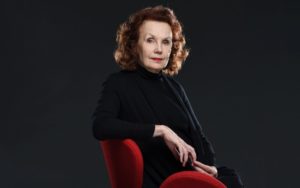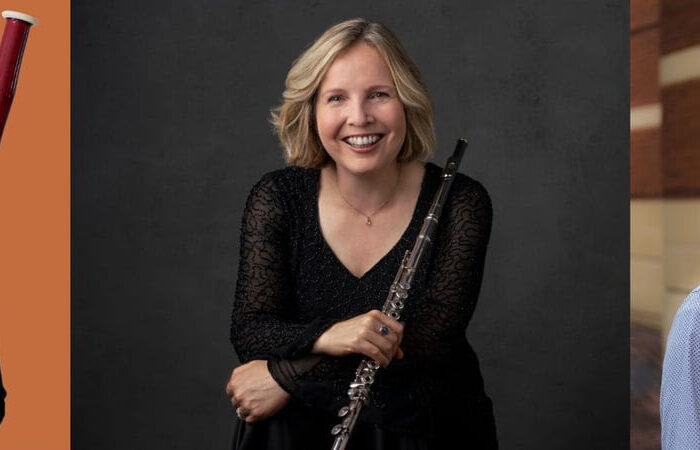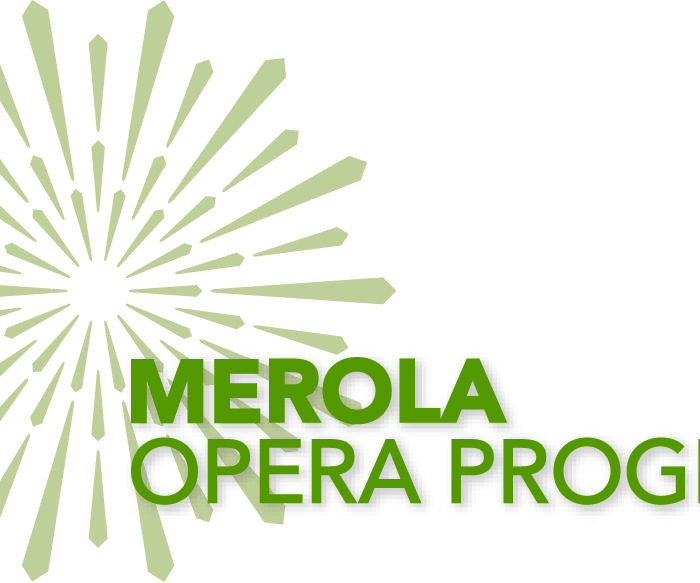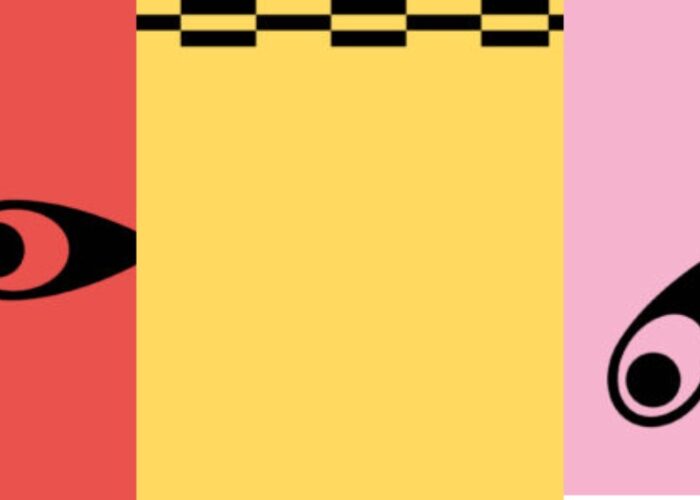
Four Essential Operas by Women Composers
By OperaWire(Photo credit: Christophe-Abramowitz)
Throughout time, women have routinely been at the bad end of the deal when it came to composing, performing, or really anything that has to do with music. However, as we now know that didn’t mean women composers, performers, critics, and everything in between didn’t exist. Actually, the opposite!
Composers like Hildegard von Bingen, Barbara Strozzi, Clara Schumann, and Amy Beach, to more modern names like Unsuk Chin, Sofia Gubaidulina, Lori Laitman, Jennifer Higdon, and Caroline Shaw, all demonstrate the creative possibilities that women have to share. However, in the operatic world the role of women is a fraught one because routinely exploited stereotypes of the fallen women, the dangerous woman, the woman victim, and the supremacy of male composers have left many forgetting one key detail. Women composers have always been there, continuously contributing to the development of the artform up until the present day even if our textbooks, magazines, and opera houses tell a very different story.
In celebration of International Women’s Day, Opera Wire would like to explore the important role women have played in the expanding the operatic genre for us all, from the 17th century with Francesca Caccini all the way up to the 21st century with Alma Deutscher.
A huge thank you goes out to Linda Lister for her 2019 article and ongoing research into women opera composers. Without researchers like her, many names could have been forgotten but luckily, they are being saved and remembered.
Francesca Caccini: La liberazione di Ruggiero dall’isola d’Alcina (1625)
Based on the sixth, seventh, and eighth cantos (parts) of Italian poet Ludovico Ariostos’ epic poem Orlando Furioso (1516), the same one Handel later modeled his Orlando (1733) after, Francesca Caccini’s work is considered one of the first operas written by a women. Not only that but the first Italian opera to be performed outside of Italy at the time. The work was a commission by Archduchess Maria Maddalena of Austria to celebrate the arrival of Wladislaw IV of Poland into Florence, and following its initial performance it was revived in 1628 in Poland, marking the first Italian opera to be brought outside the borders of Italy. However, the work features one controversy and that is the genre. C
accini herself called the work a “balletto,” yet later historians refer to the work as an opera given its recit/aria structure, indulging in the newly created stile moderno style as popularized by Claudio Montiverdi. It’s known that the work’s ballet music was not written by her and that her father, Guilio Caccini (one of the fathers of opera next to Jacopi Perri) must have been extremely daunting. As a woman, could she create something that was equally if not better than her father? Did she have the right to create something as big as an opera for public recognition at a time when women were often subjugated to the household? Using the title balletto would have reduced her work to a more common level, thereby reducing the significance of her contribution to the art form at the time. Since the 1980s, the work has received numerous recordings and performances, most recently at the Manhattan School of Music under director James Blaszko.
Paula Kimper: Patience and Sarah (1998)
Although relatively unknown, this opera by Eastman graduate Paula M. Kimper (alongside others like Renee Fleming and Dominick Argento), marked the first time the opera world had the topics of LGBT issues brought to mainstream attention. Based on the American novelist Alma Routsong’s eponymous, lesbian historical novel (1969), the work is widely considered to be the first lesbian opera in opera history. The story of the opera’s creation began in 1981 when the librettist Wende Persons had begun working on a sketch on opera based on a lesbian female, modeled after a crush she had. That crush had failed to empathize with many of the on-stage heroins, victims, and women of the traditional operatic literature.
Initially, Kimper did not want to participate but after seeing the 1993 Met Ring Cycle, she quickly came on board. Shortly before her death, Routsong had given the pair the permission to make an opera based on her novel, and by 1996 after some preparatory work, an initial semi-staged version was premiered to the public.
Three years later, and as part of the 1998 Lincoln Center Festival, a monumentous event which featured the likes of Bingen, Bernstein, Mahler, Ives, Copland, Tchaikovsky, Gershwin, and even Chinese opera, the opera got its formal premiere. Under the direction of Douglas Moser, the opera sparked interest among lesbian audiences, an underrepresented community among operatic audiences as compared to their gay counterparts.
Since then, the work has been featured as part of several LGBT festivals and projects, most recently in 2016 as part of New York Pride. Continuations on Kimper’s progress like Charles Wuorinen’s commissioned opera “Brokeback Mountain” (2014), has helped foreground the community and its troubles within public consciousness.
Kaija Saariaho’s “L’amour de loin” (2000)
The relationship between the Metropolitan Opera and female composers is not a comfortable one as Finnish composer Kaija Sarriaho knows all too well. Her first opera, composed in 2000 after becoming inspired following her observation of Olivier Messiaen’s Saint François d’Assise (1975-79), marked the end of 113-year break from female composers at the Met. Not since 1924 had the Metropolian performed a female composer, the last being Ethel Smyth’s second opera, “Der Wald” (1901), the process being extremely taxing on the part of Smyth. Sarriaho’s opera is five acts and has its plot modeled after the feeling of belonging, loneliness, and desperation. The librettist Amin Maalouf positioned the opera in 12th century Tripoli and centers around the tenuous love between Jaufré and Clémence. Sarriaho’s opera began in the early 1990s when searching for a plot for her first opera.
In 1993, having learned of the 12th-century troubadour, Jaufré Rudel, she contacted the Salzburg Festival and the ball got rolling almost immediately. One of the unique elements of the opera’s musical nature is the incorporation of medieval music alongside electronic and contemporary compositional strategies. Sarriaho routinely uses poems and songs by Jaufre, although manipulating them to suite her own aesthetic style, using medieval theoretical principles to imbue her work with a feeling of period authenticity without losing her voice.
The work’s original 2000 premiere was held during the 2000 Salzburg Festival, the same venue seven other premieres took place including the composers Matthias Pintscher, Olga Neuwirth, and Georg Friedrich Haas. Since then, the opera has been revived numerous times and in 2020, the work’s Metropolitan premiere in 2016 was streamed during COVID-19, signaling the work’s ongoing legacy and impact to opera.
Alma Deutscher’s “Cinderella” (2016)
Created when she was just 10 years old, German composer Alma Deutscher may be our generation’s Wolfgang Mozart, although her name is highly popular in select circles rather than globally just yet. Deutscher’s first opera, “The Sweeper of Dreams” (2012), was composed when she was seven (for reference, Mozart’s first opera was written when he was 12, “Bastien und Bastienne”).
Her second opera’s inventive narrative was the result of Deutscher’s decision to change up the traditional plot of the popular story written by the Brothers Grimm in 1812 as part of the collection, “Grimms’ Fairy Tales.” With a libretto modeled after the story by 17th century French playwright Charles Perrault, the opera takes place in an opera house run by an evil stepmother. The sisters are instead talent-challenged divas and Cinderella is a composer whose melodies are evocative and potent and which lead the Prince back to her. The work itself took five years, being started in 2010, with the first chamber version of the work being performed in 2015 when Deutscher was ten years of age.
By the late 2010s, the work was reaching critical acclaim. In 2016, the work received its Vienna premiere and two years later, in 2017, the opera got its US premiere at Opera San Jose to a sold-out house. Almost immediately, the work began to undergo a series of adaptations for audiences of every kind, the Vienna State Opera reworking the opera for a child-based audience while the last three years has seen the opera be treated to new productions of all kinds. Most recently, the Opera San Jose did a remodeled version of their 2017 premiere under the musical direction of Alma herself.
Categories
News

